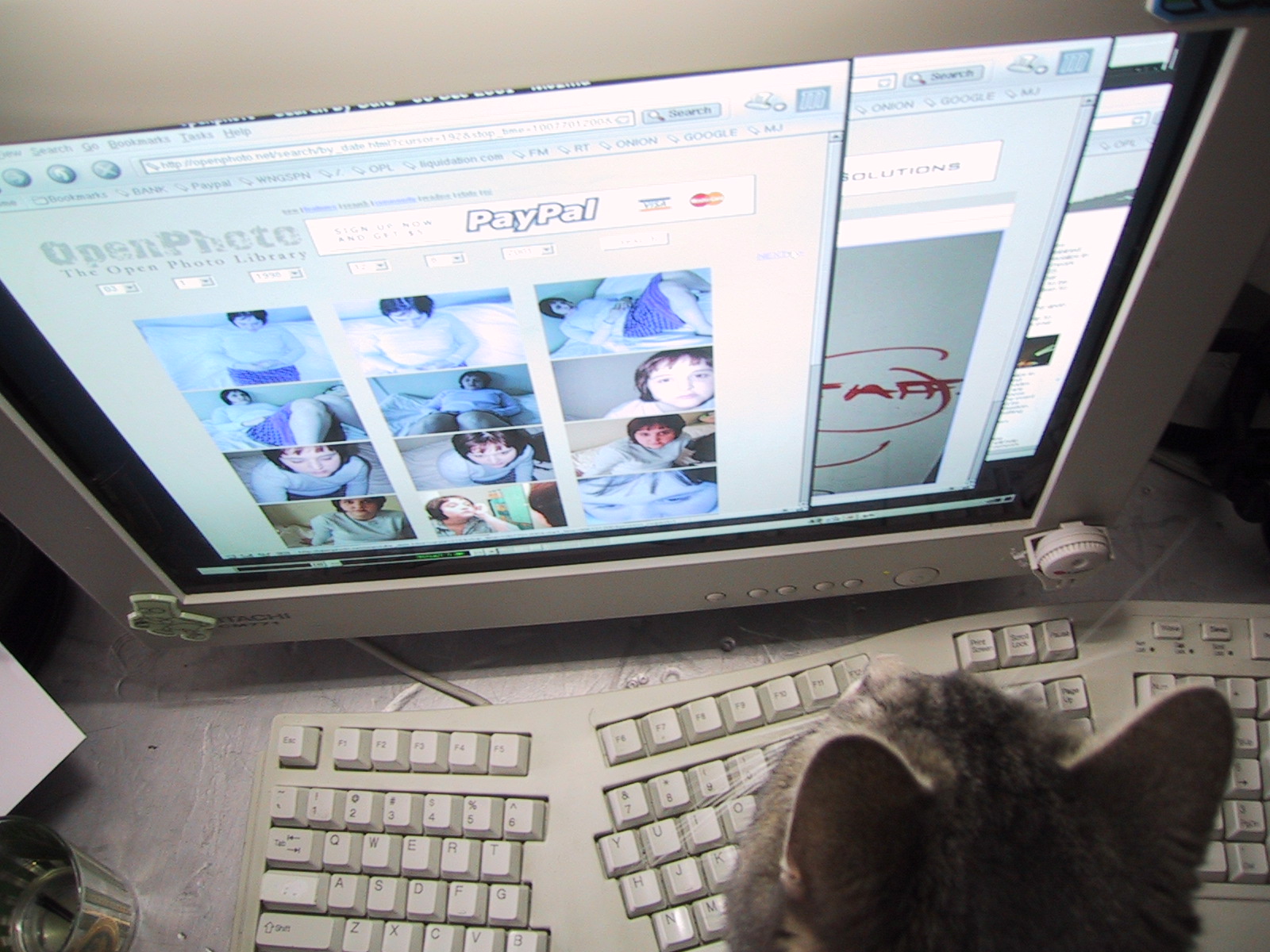Bernhardt's "Seeing the Text" acts as a "visual rhetoric"al analysis of two documents. He writes, "The manner in which visually informative texts achieve rhetorical control differs in important ways from that in the non-visually informative text, at all levels of organization: in the whole discourse, in the paragraph, and in the sentence" (95). To understand how an author achieves rhetorical control, he discusses how the work's intended audience and purpose dictate its visual look.
As I read Selfe's "Students Who Teach Us: A Case Study of a New Media Text Designer" directly after reading Bernhardt's essay, I found myself analyzing her visual rhetorical moves. Each chapter's title in the book is accompanied by a picture (already a melding of two genres). This chapter has surfboards, conjuring up images of both the California that her case study resides in and the "surfing" of the internet. Although this picture grounds the chapter since it is related to its content, it also appeals to the reader. Most readers of this text are, or will be, teachers. Let's face it, many of these kinds of texts have no pictures or graphics at all. Hence, any incorporation of visual imagery is appealing to this audience.
Selfe makes use of various font sizes and elements to set both her headings and some of her statements apart. The title of the piece is the largest font and in all capital letters. But it is also in gray-scale, allowing it to be part of the picture decribed above and less jarring. Her subtitle is in black bold type, drawing the reader's eye towards the subtitle instead of the actual title itself. Since the subtitle is a more descriptive phrase of the chapter's contents, this allows the busy reader to decide quickly if the chapter is worth reading.
Self makes quite a few moves to enable her audience to read the chapter quickly (as a grad student, as Rhodes would say). She numbers the important points of the chapter at the beginning. She also bold types the phrase "This chapter argues...." The combination of these two design elements allows the audience to read just these sections and "get the gist" of the entire argument. After reading these sections, a reader can then decide to finish the article with a slower eye.
Selfe also bold-types particular statements throughout the article, but only sparingly. The reader understands that these statements are particularly important, and in fact, usually contain the conclusions she made based on her observations.
The last technique she uses is the outlined box (I don't know the real term for this). Self creates a box around two of the sections from her article. They are not set apart from the rest of the text, but they stand out in a somewhat jarring manner. If she had boldfaced these sections, they would have seemed as if they were on an equal footing as the other boldfaced statements. By implementing a new visual element, Selfe highlights these two statements, which are actually the lead-in to the next sections of the chapter.
I was just thinking. :l>2
You know how once you learn or discover something, you start seeing it everywhere? Well, I won't say that I was ignorant of how visual rhetoric impacts the reader before, but there is something about recently reading an article on a topic that makes it so that I CAN'T stop noticing it. I guess instead of this being an "ear worm," it would be an "eye worm." Ewww!


 StudioBendib.com
StudioBendib.com


